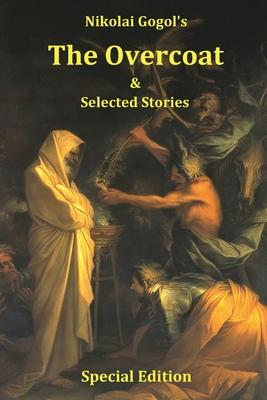Gogol's writings have been seen as a bridge between the genres of romanticism and realism in Russian literature. Progressive critics of his day praised Gogol for grounding his prose fictions in the everyday lives of ordinary people, and they claimed him as a pioneer of a new "naturalist" aesthetic. Yet, Gogol viewed his work in a more conservative light, and his writing seems to incorporate as much fantasy and folklore as realistic detail. "The Overcoat," which was written sporadically over several years during a self-imposed exile in Geneva and Rome, is a particularly dazzling amalgam of these seemingly disparate tendencies in Gogol's writing. The story begins by taking its readers through the mundane and alienating world of a bureaucratic office in St. Petersburg where an awkward, impoverished clerk must scrimp and save in order to afford a badly needed new winter coat. As the story progresses, we enter a fairy-tale world of supernatural revenge, where the clerk's corpse is seen wandering city streets ripping coats off the backs of passersby. Gogol's story is both comic and horrific-at once a scathing social satire, moralistic fable, and psychological study.
List of Contents:
Introduction to Nikolai Gogol
Book 1: The Overcoat
Book 2: Taras Bulba
Book 3: St. John's Eve
Book 4: The Nose
Book 5: The Mysterious Portrait
Book 6: The Calash
